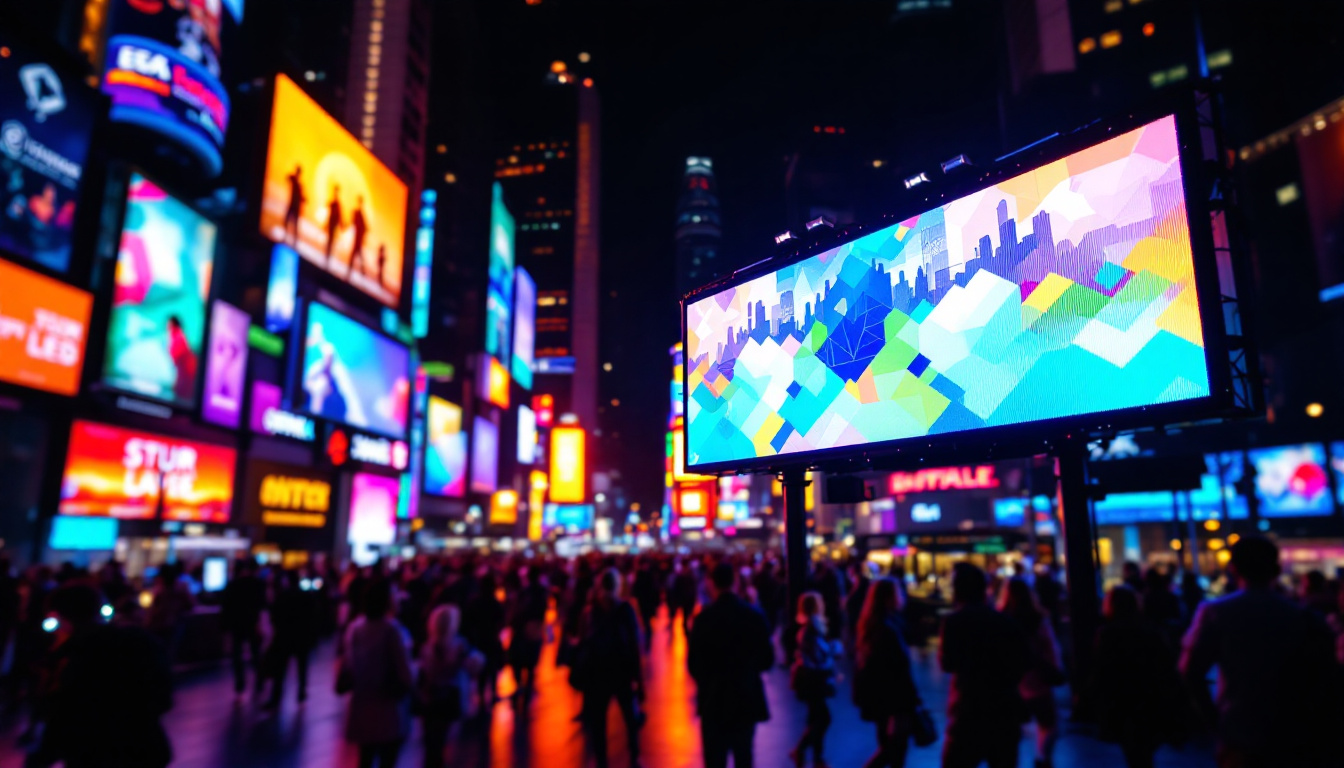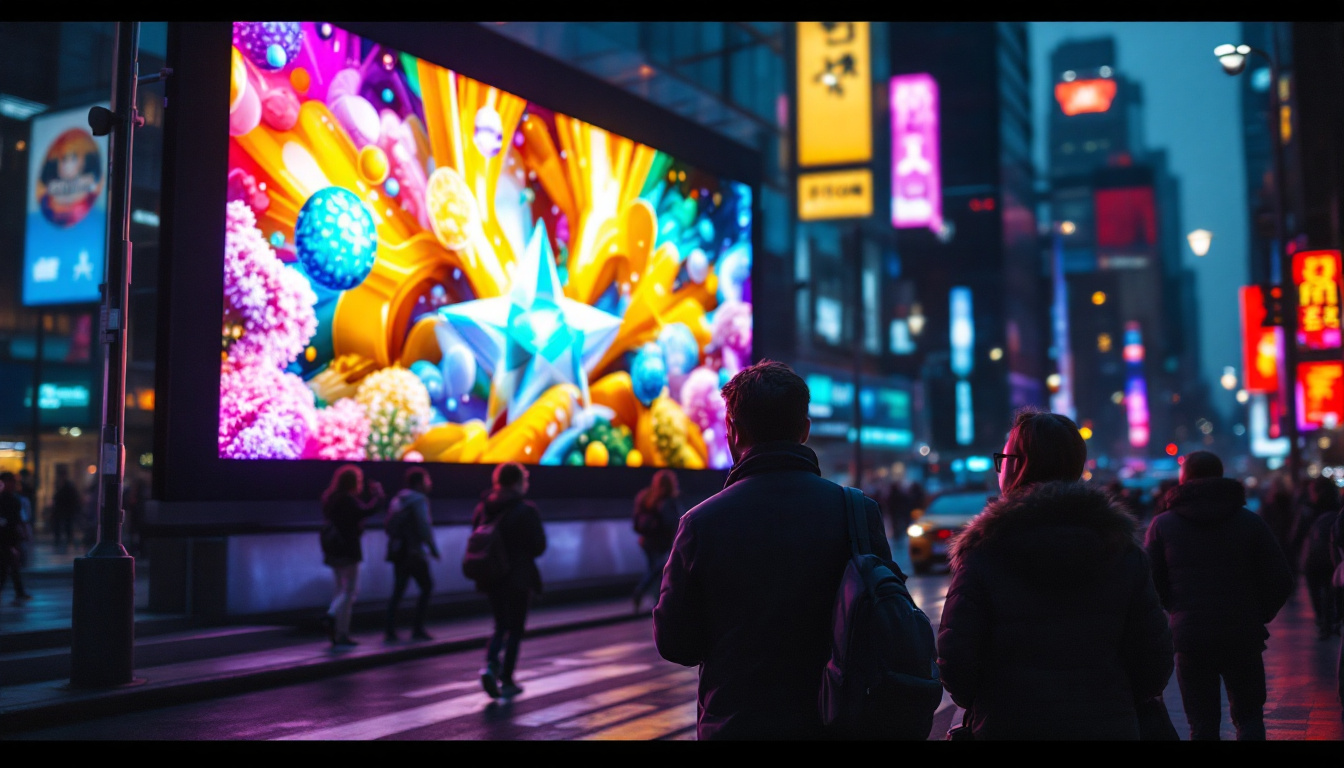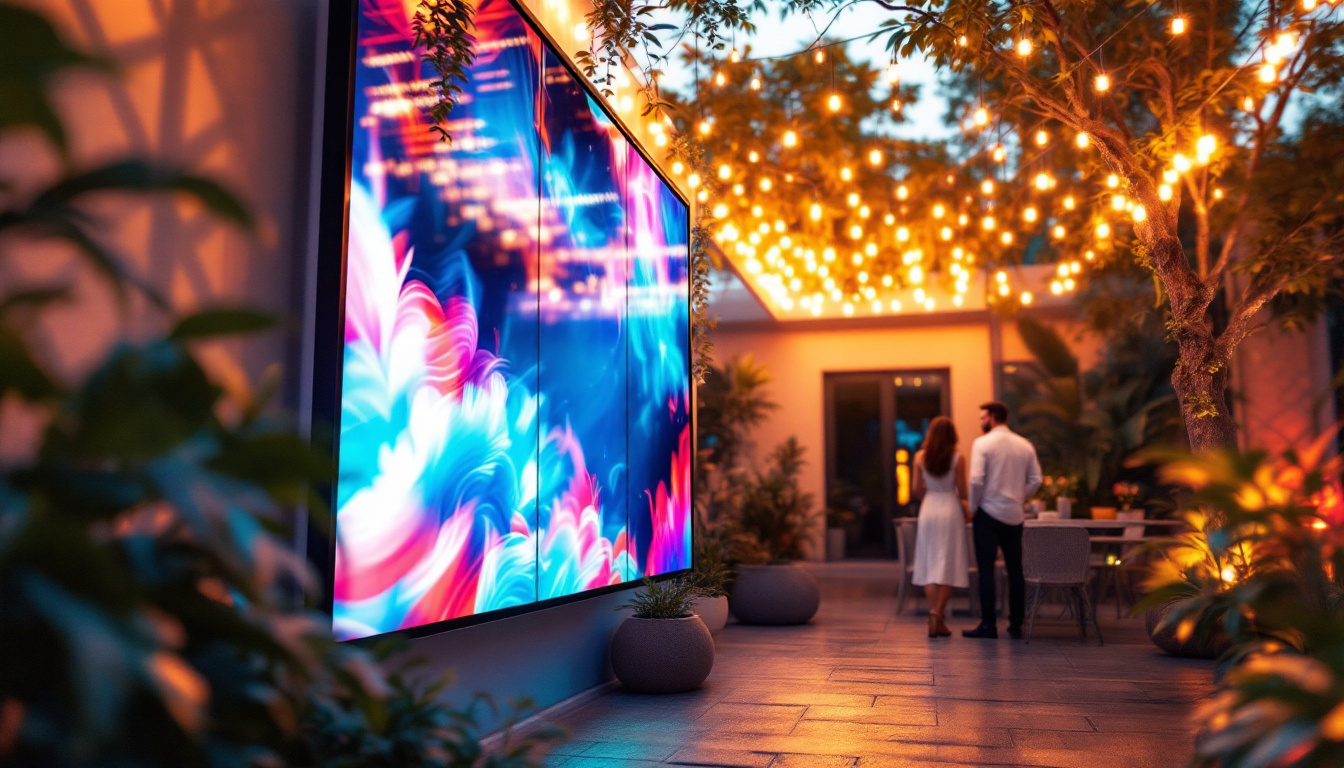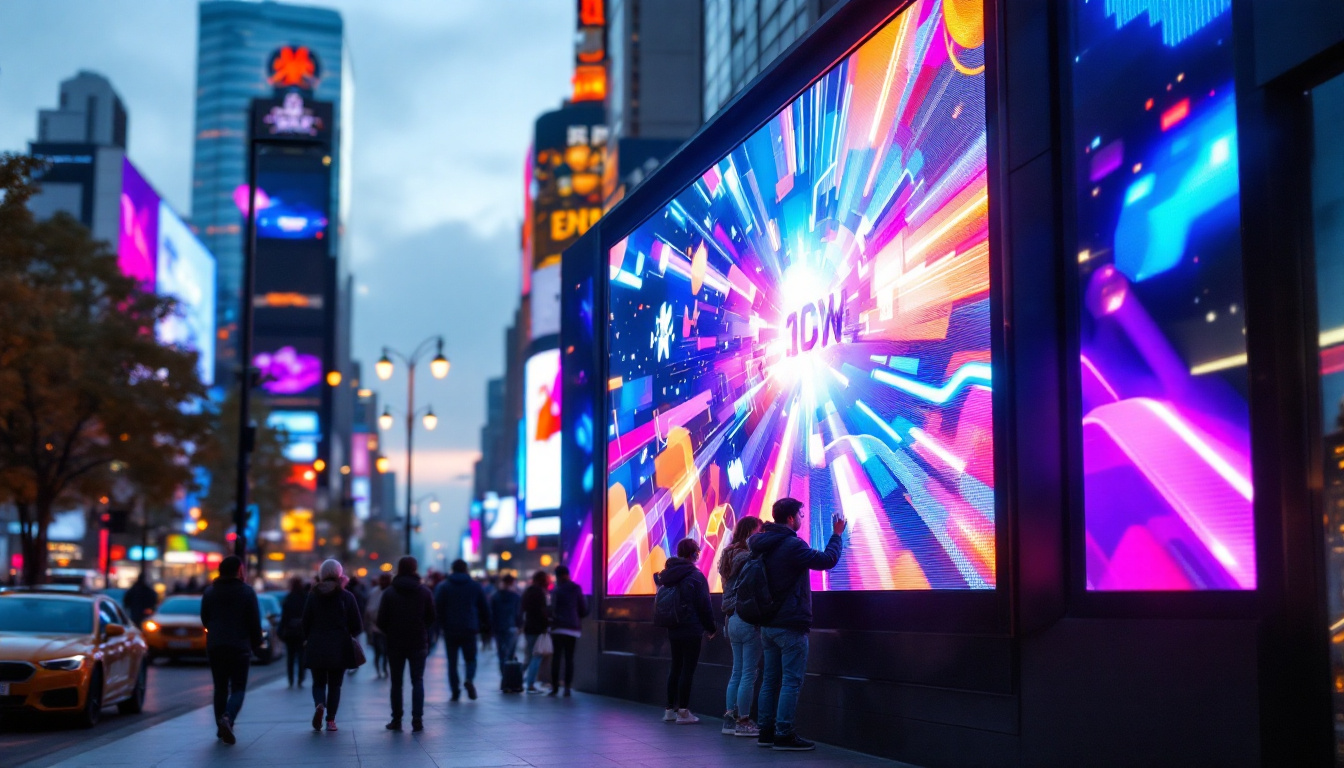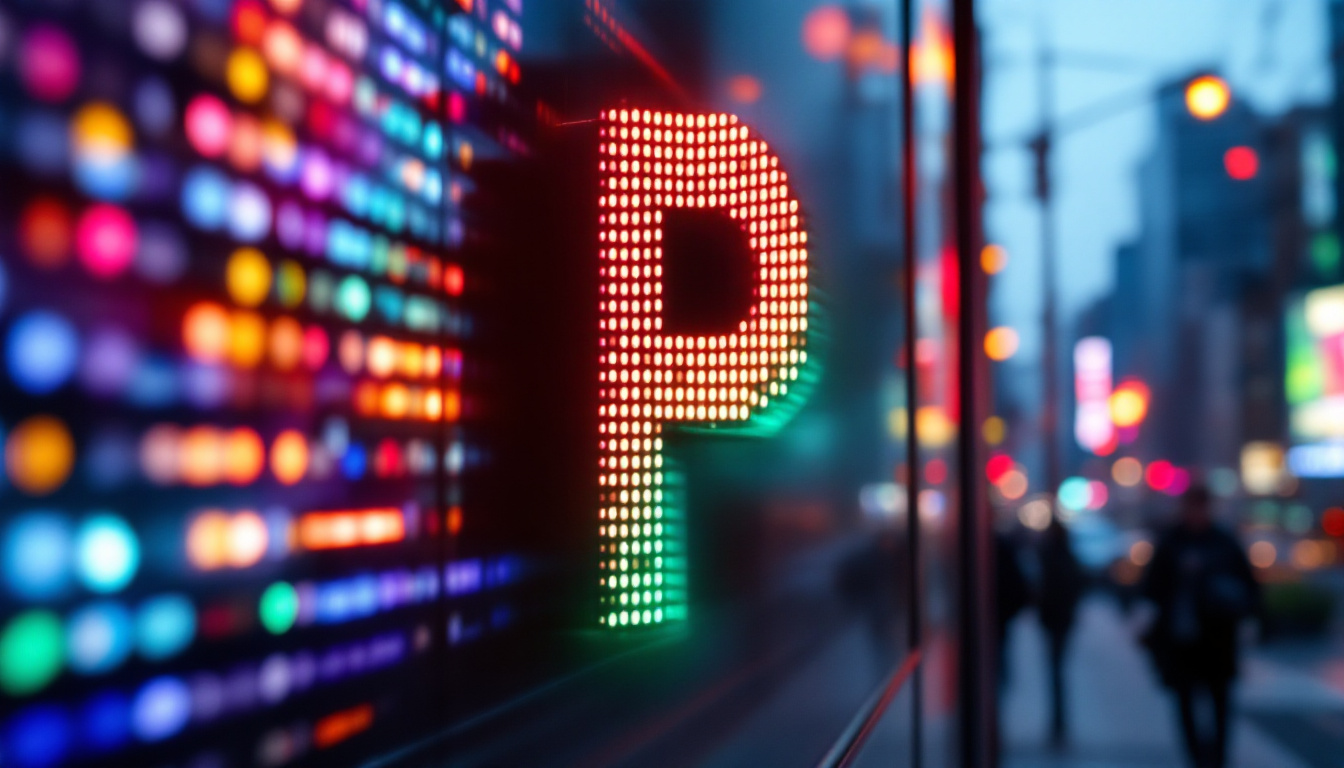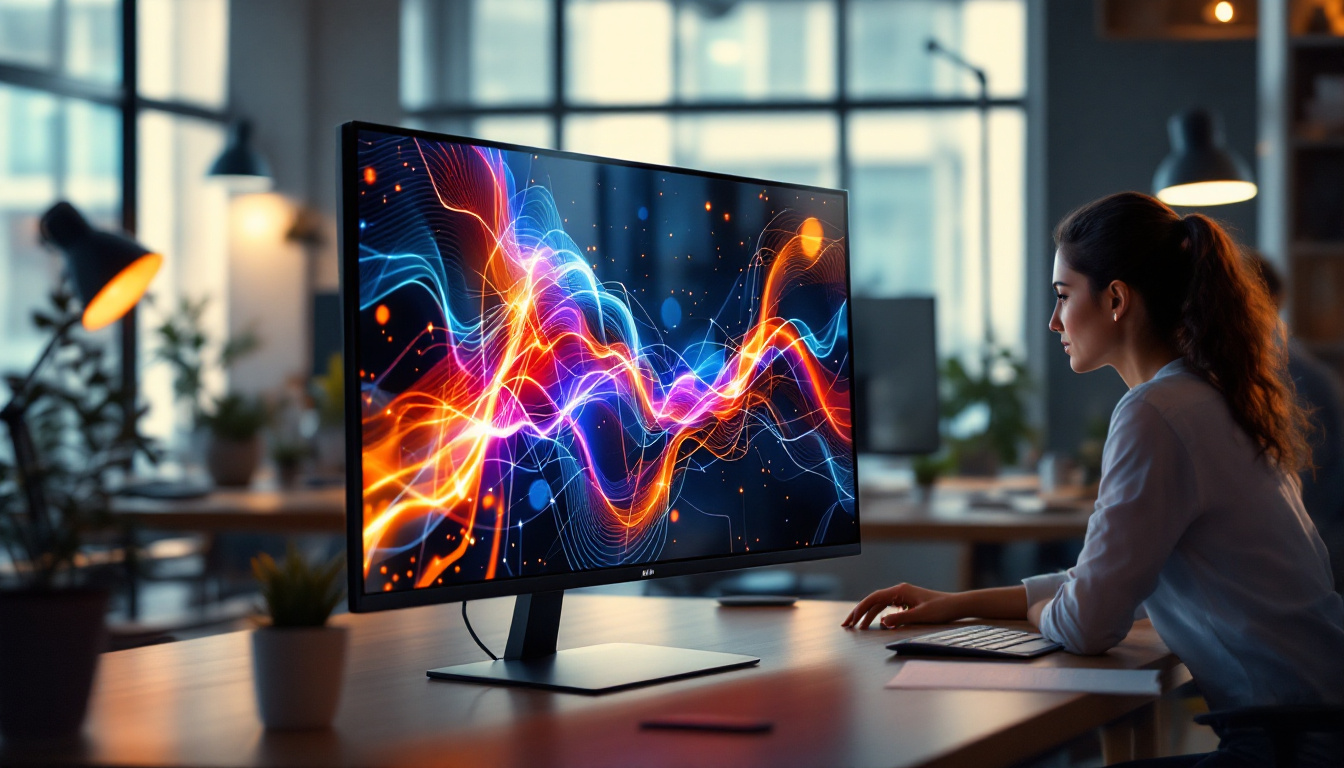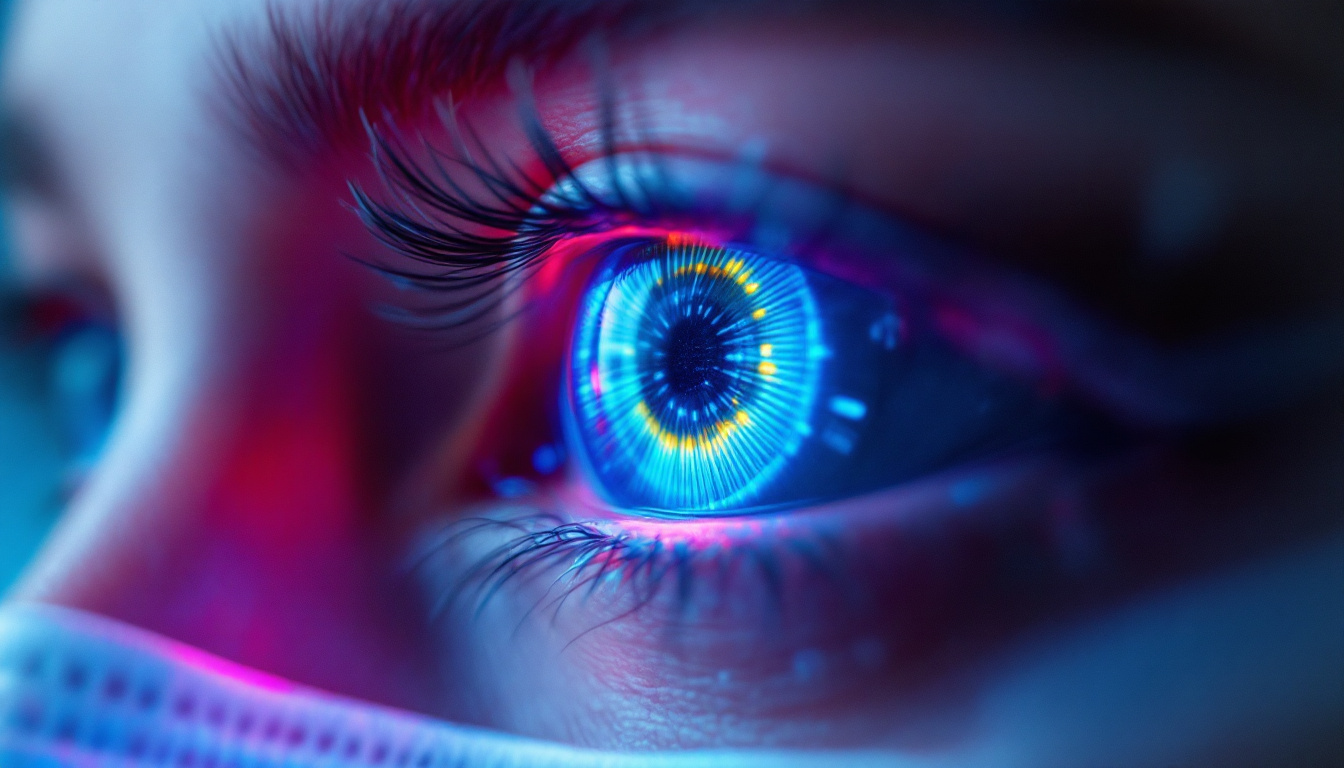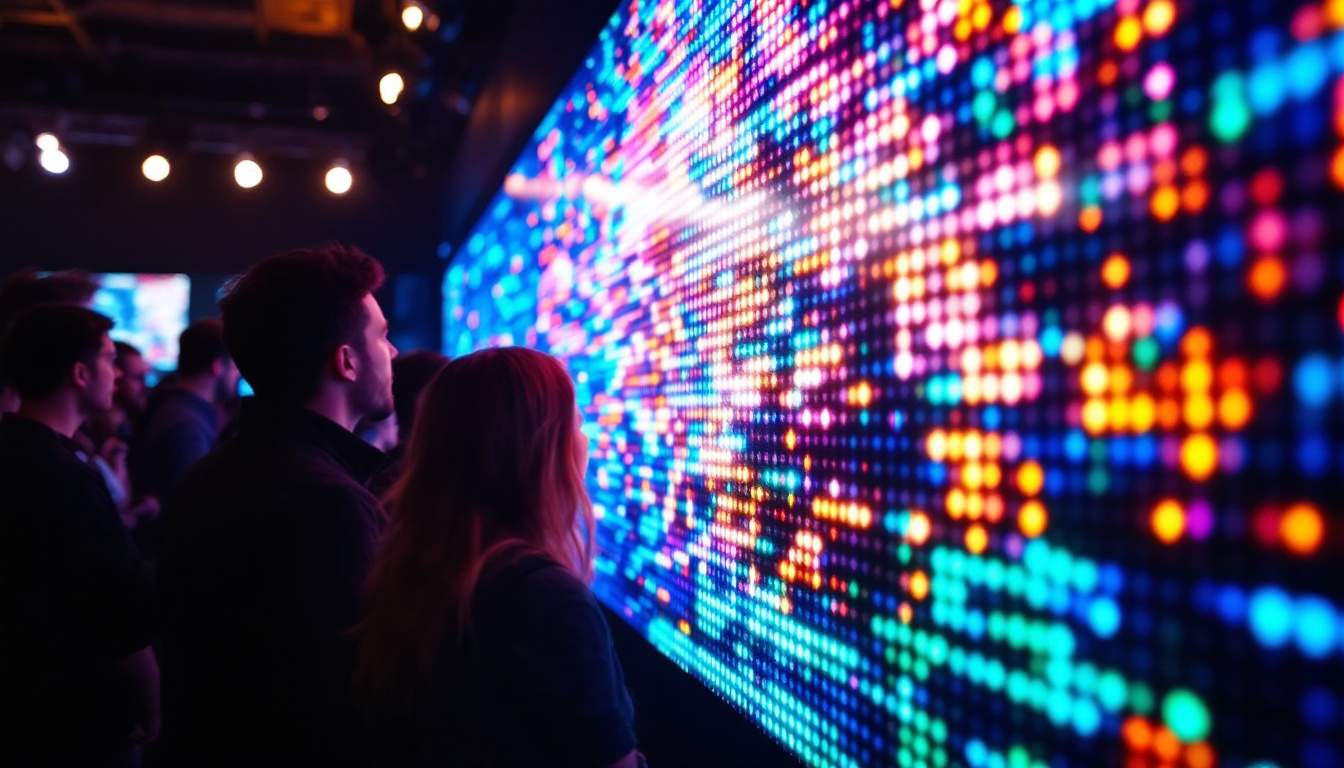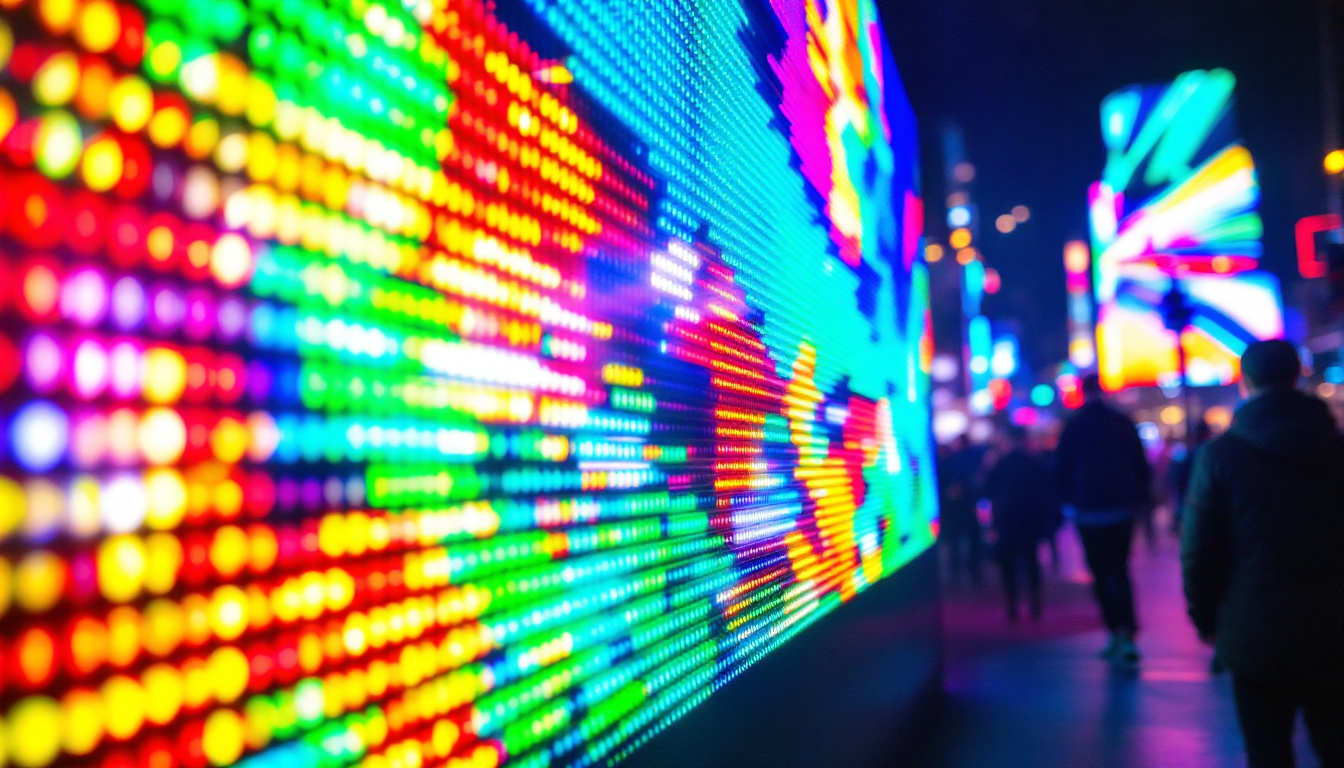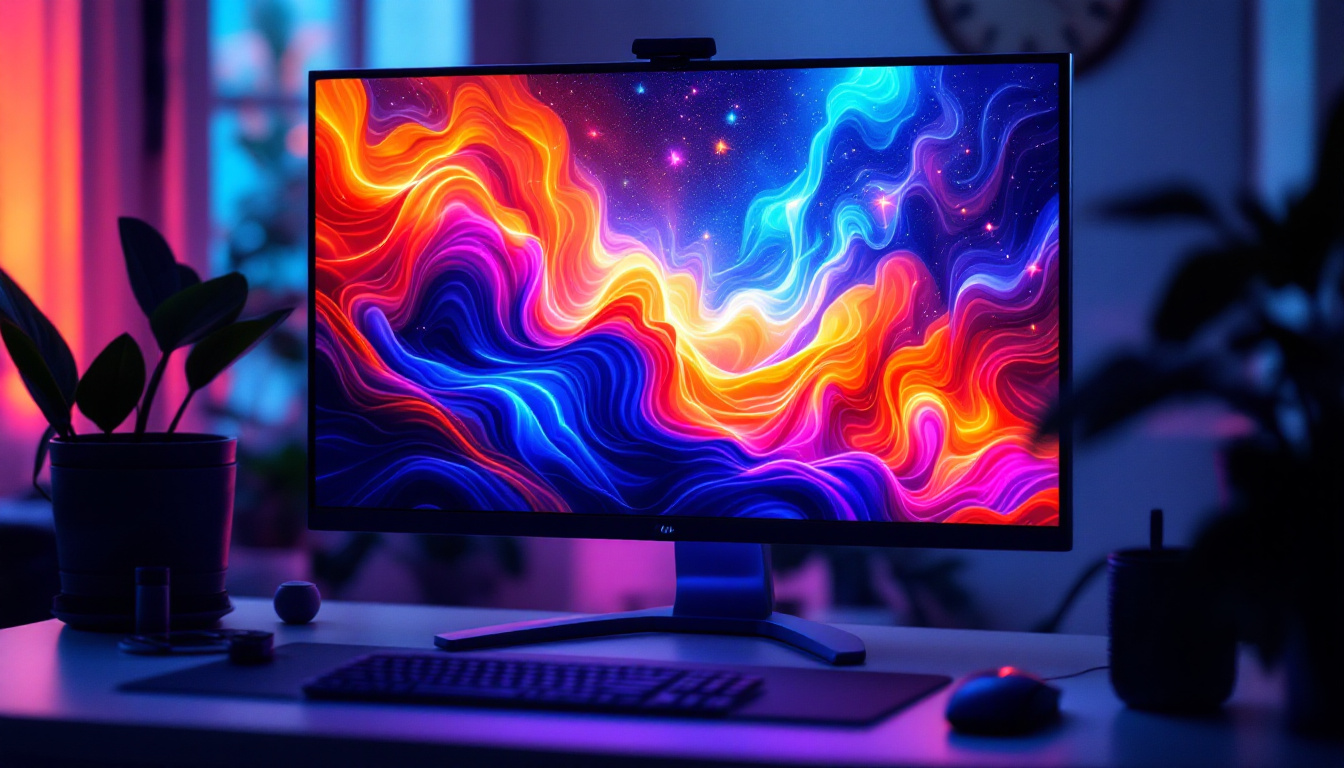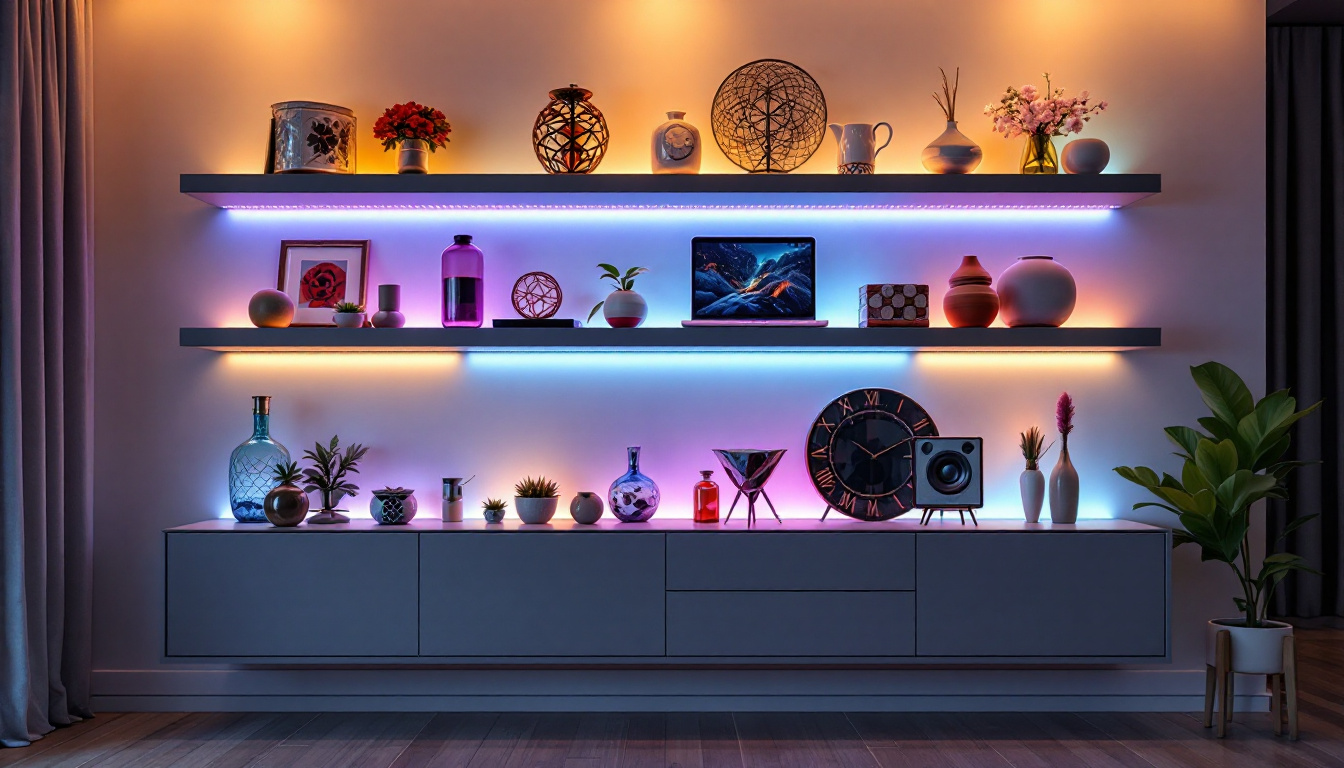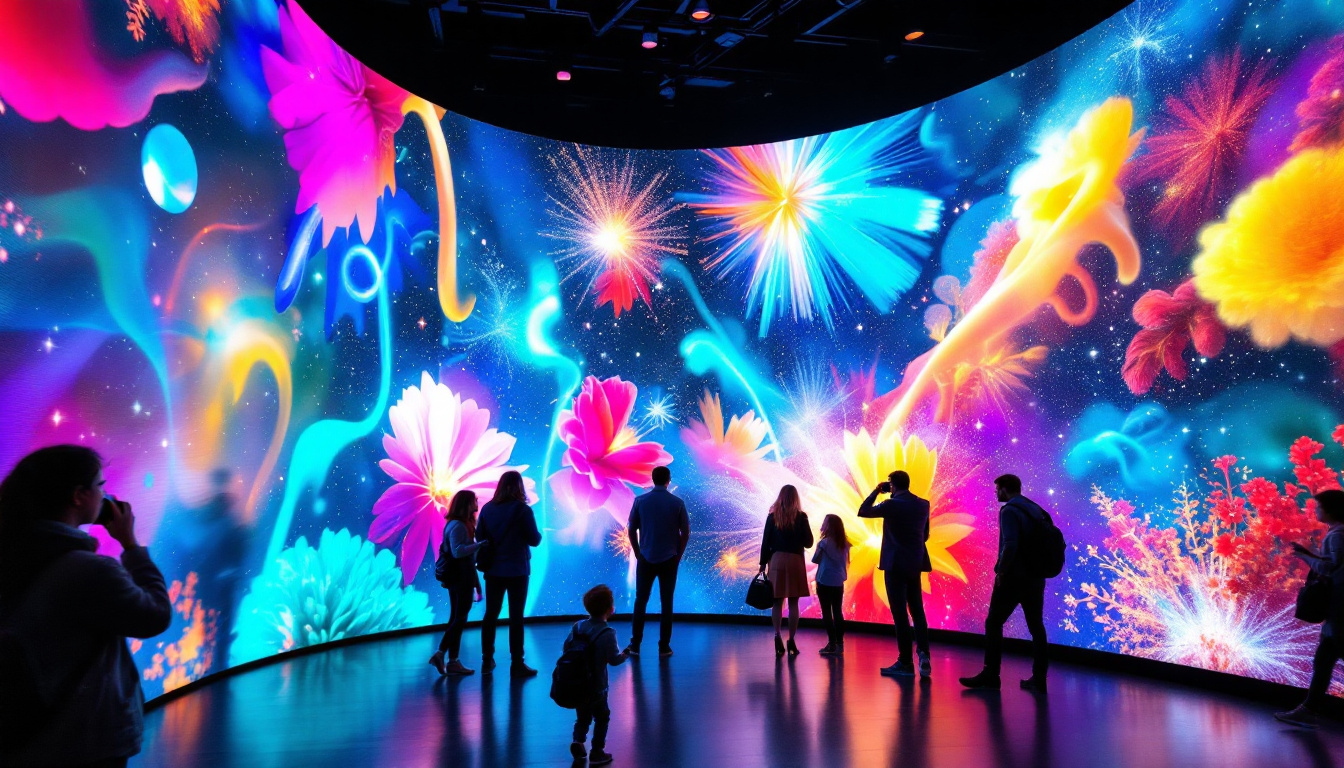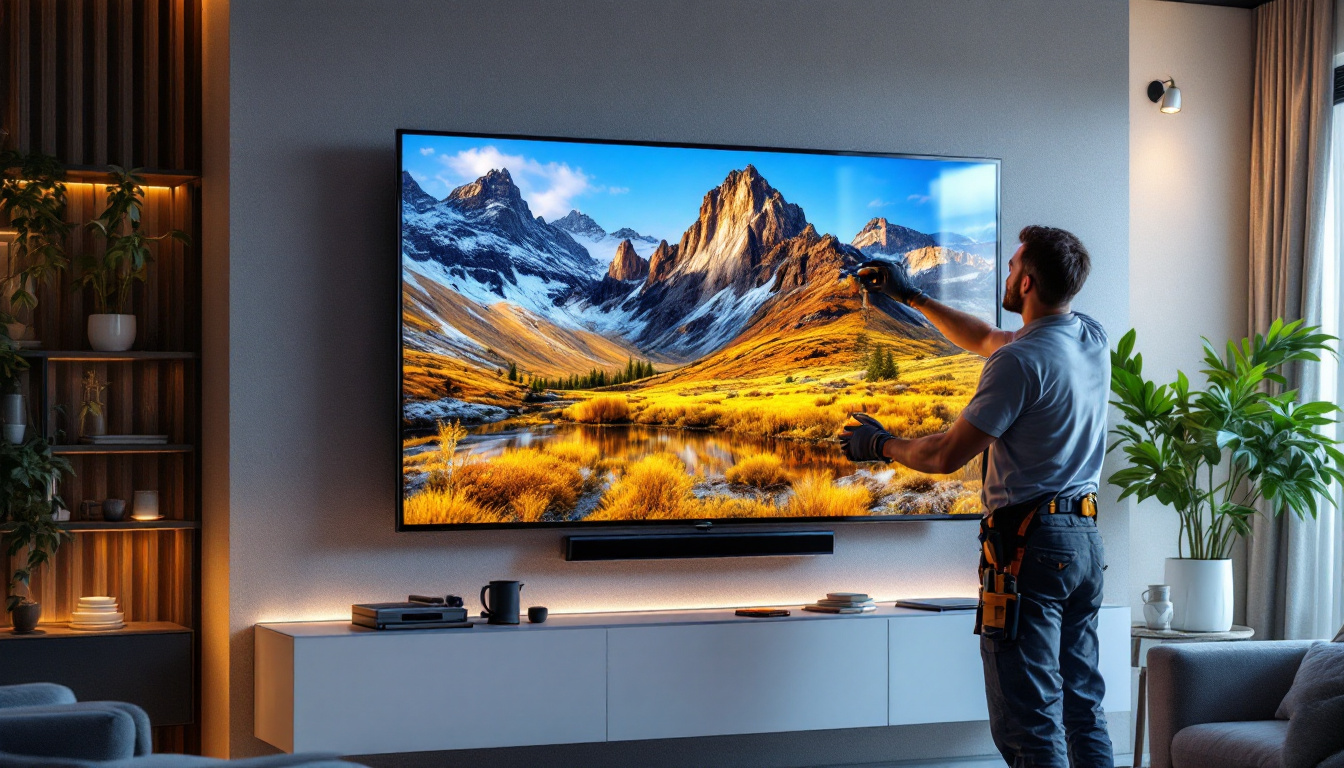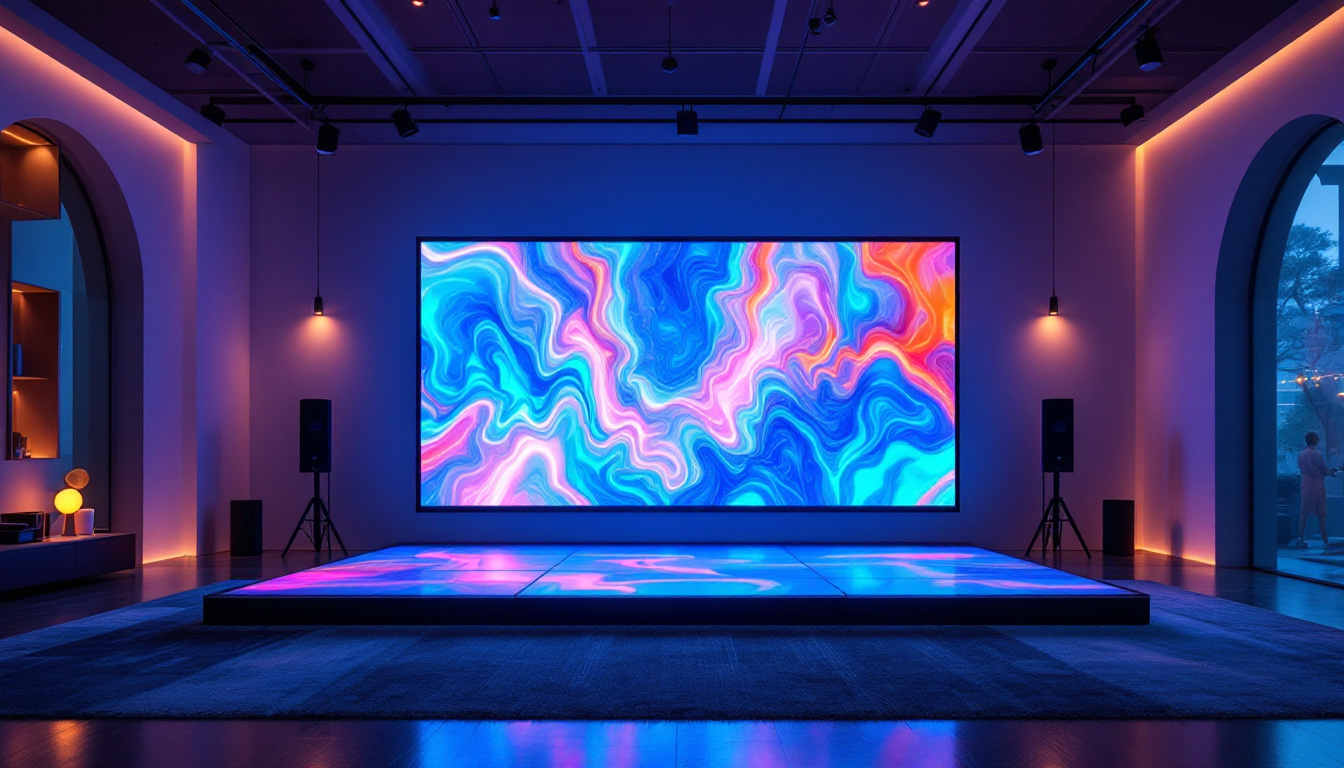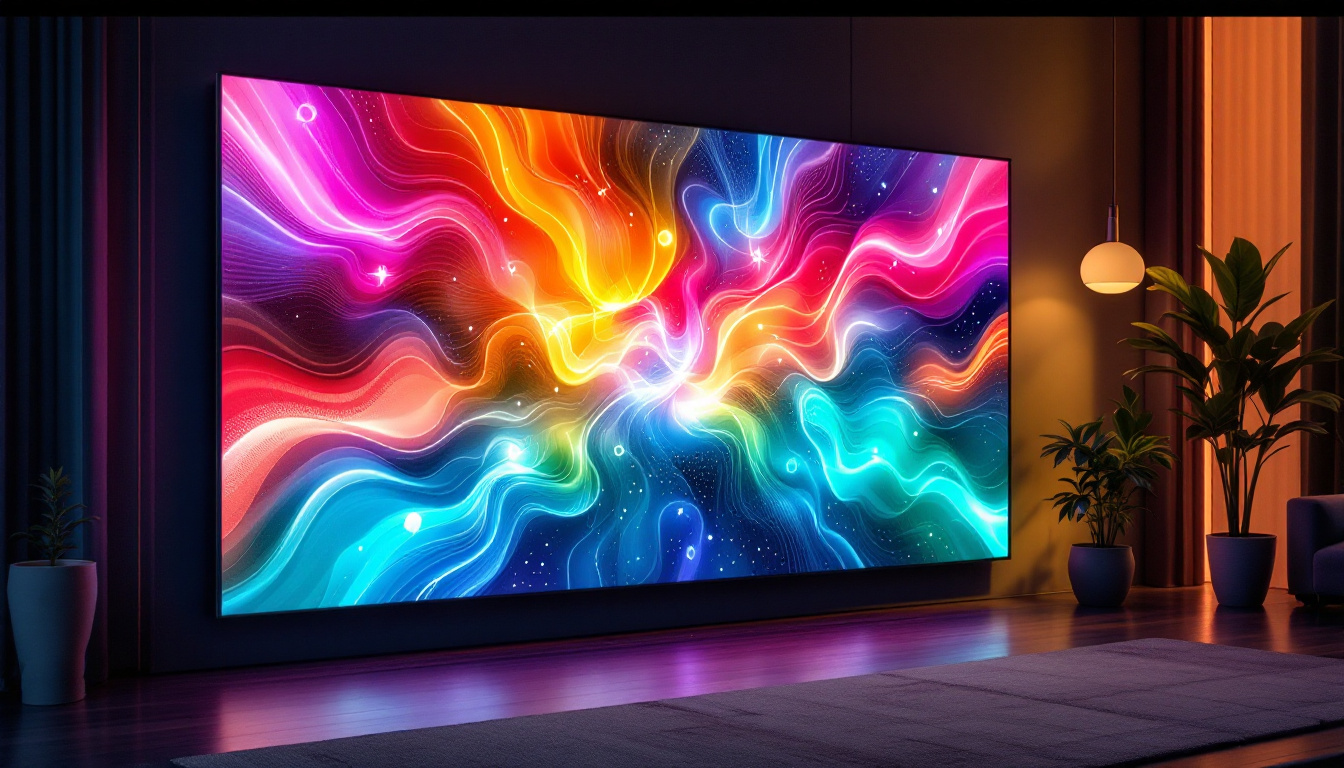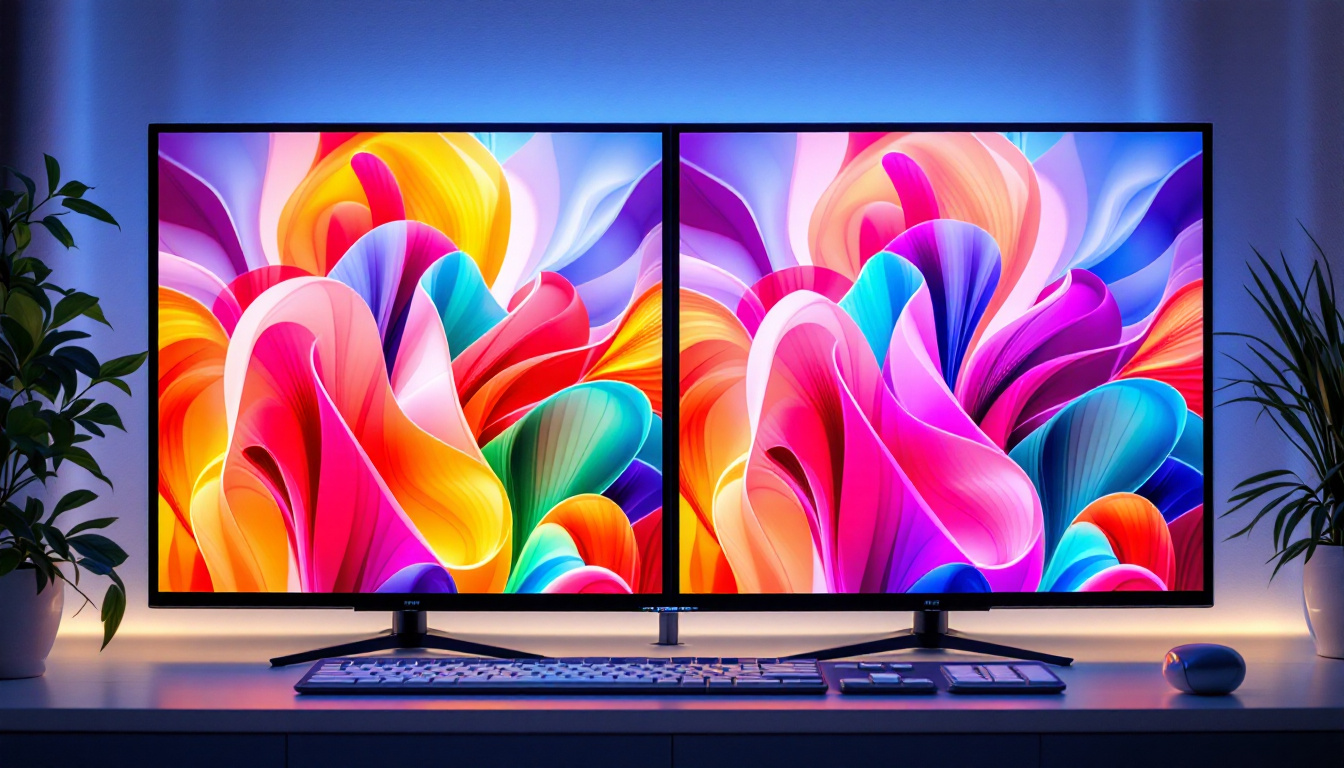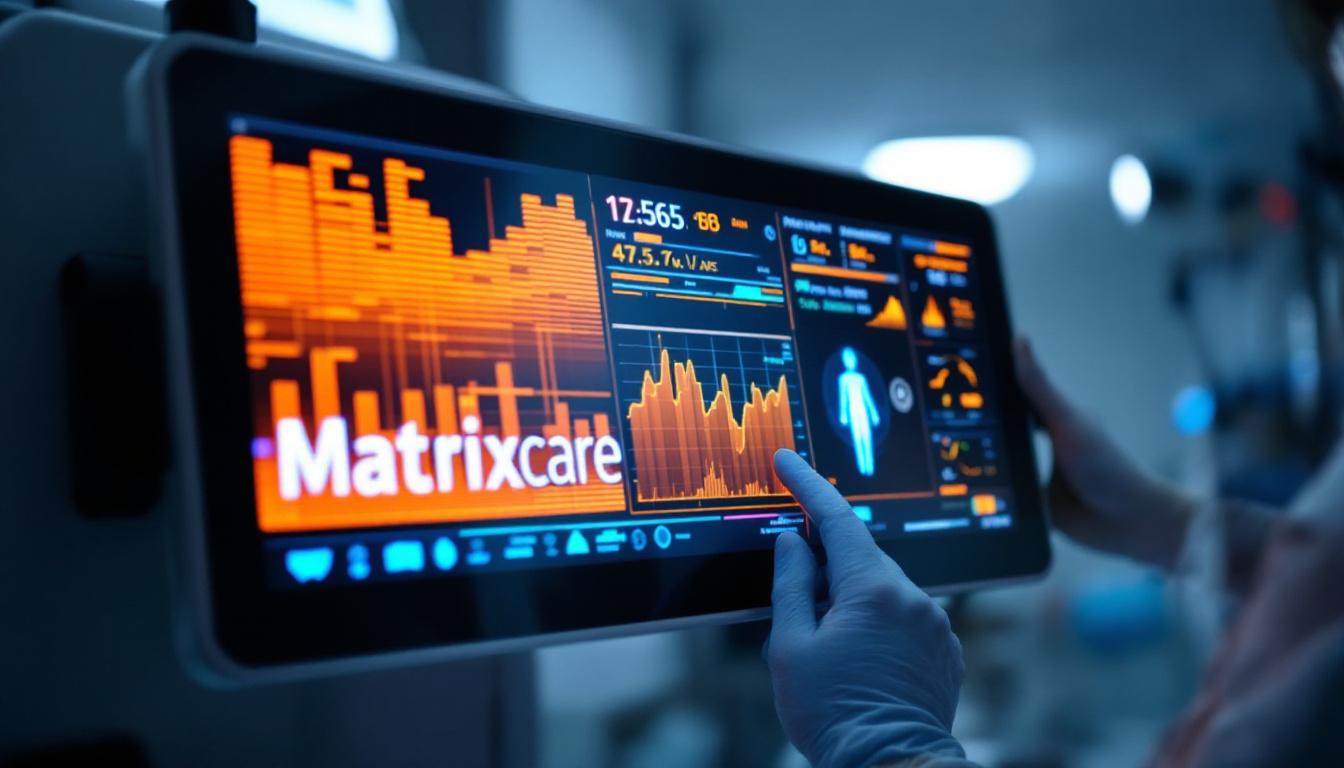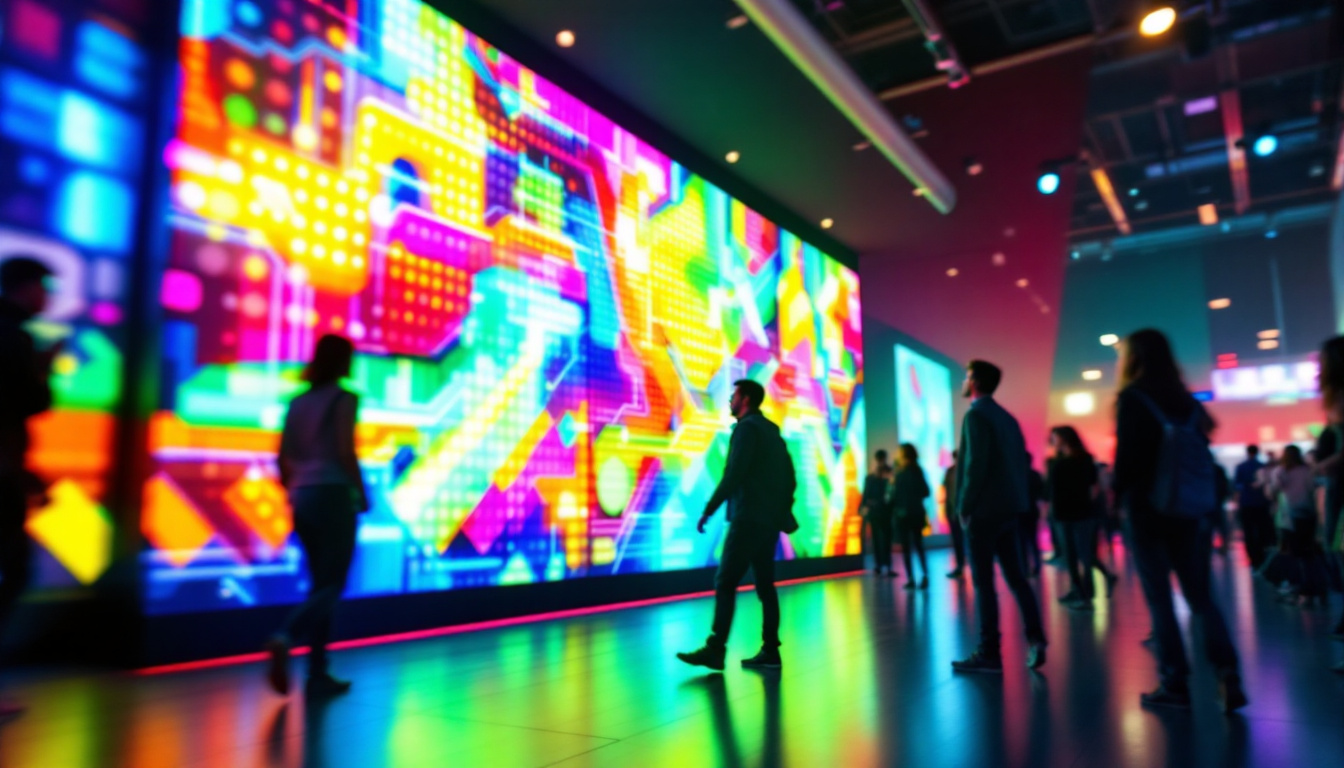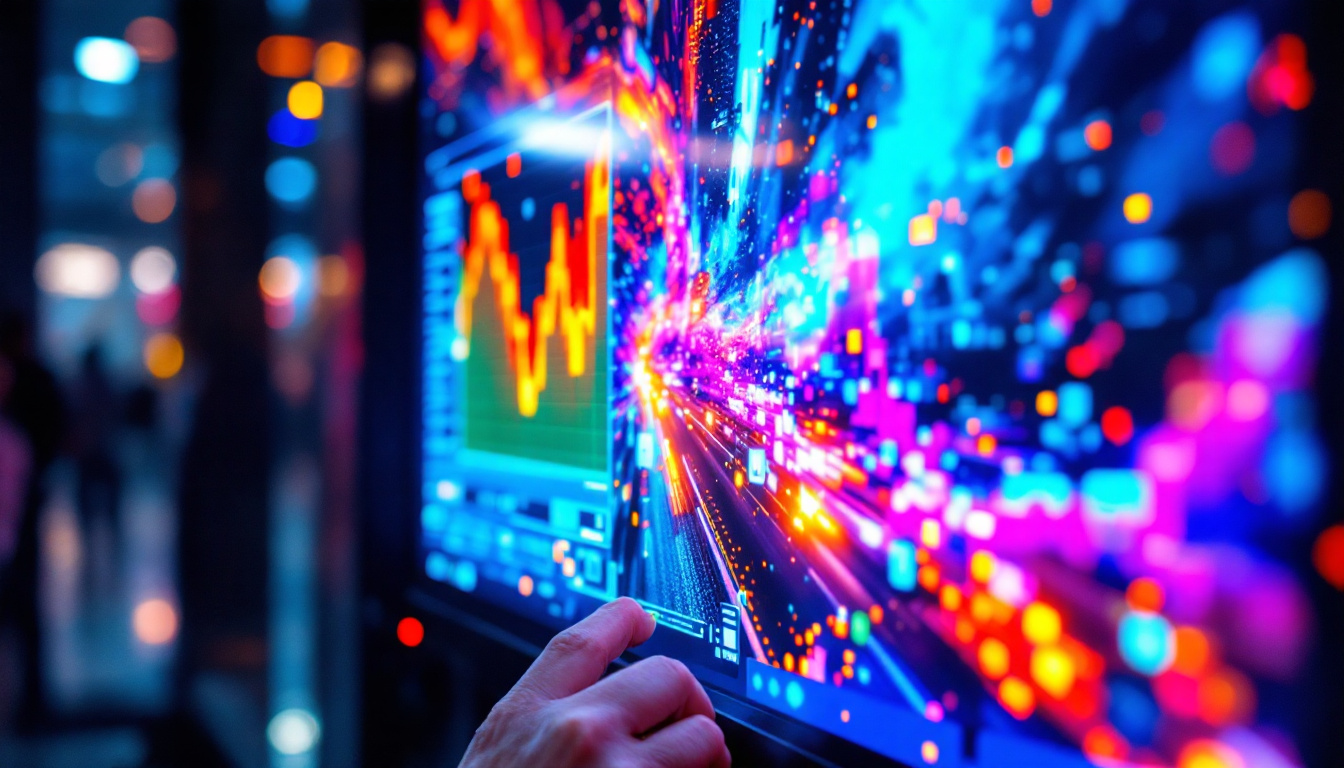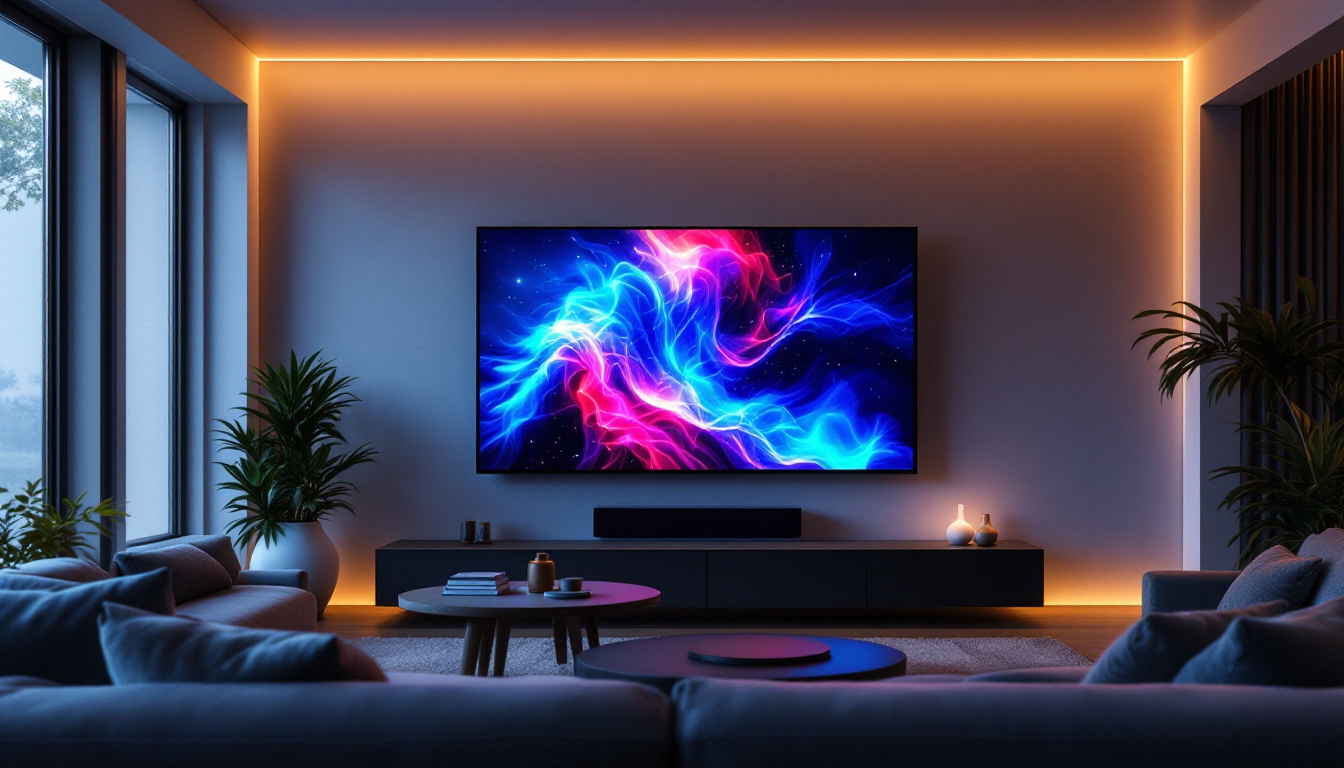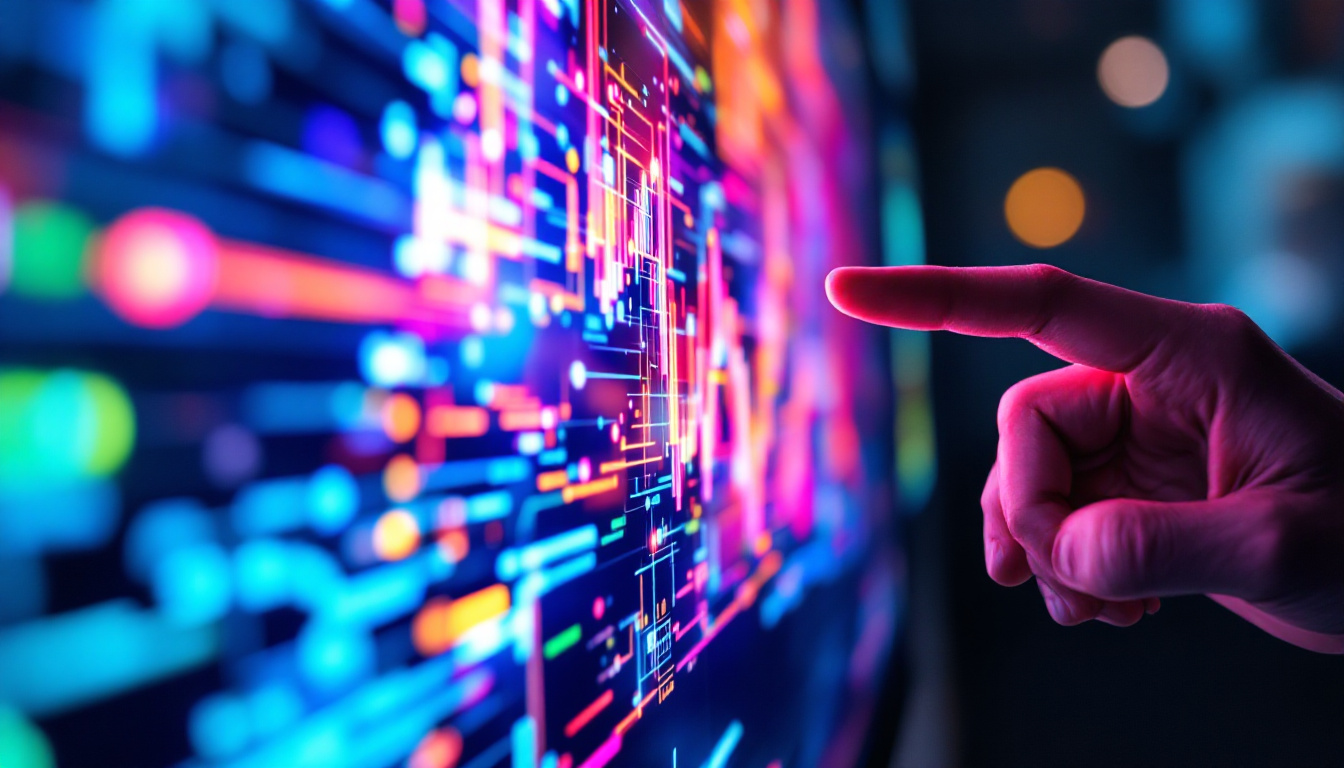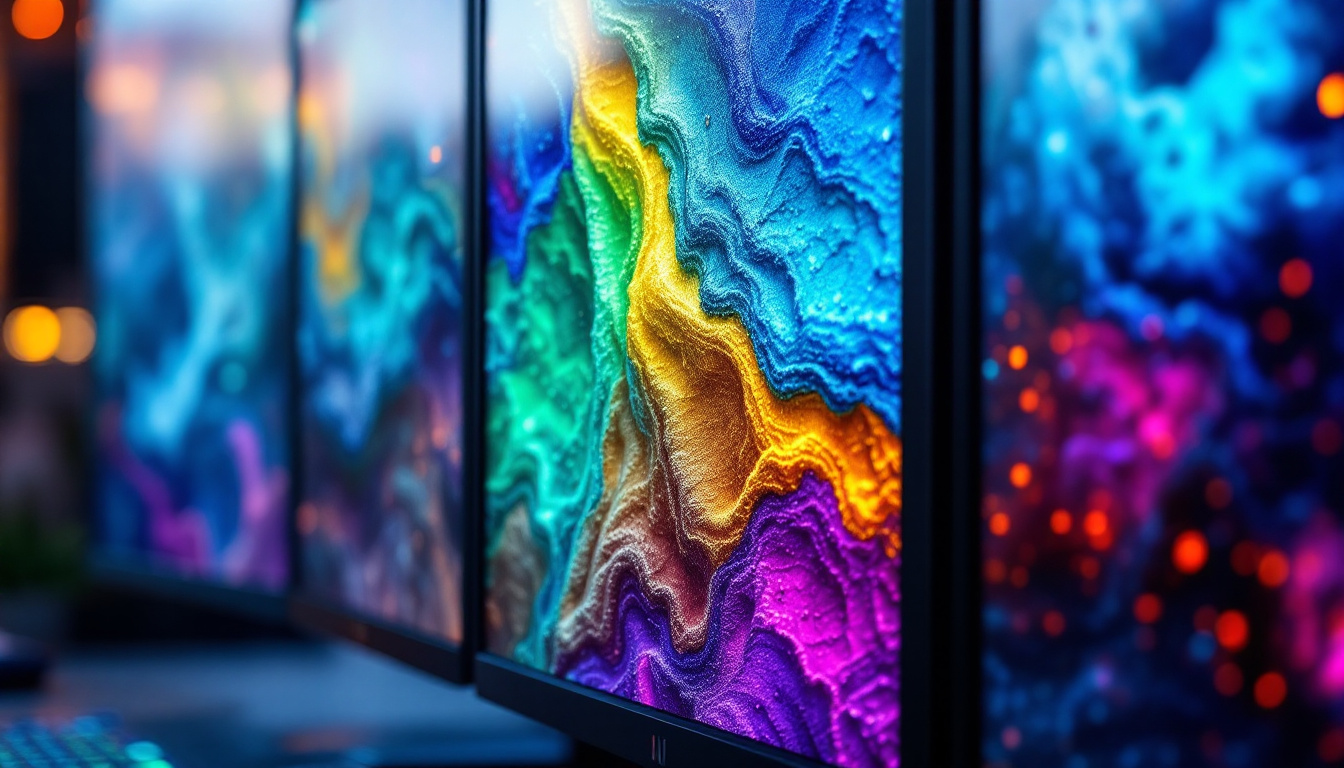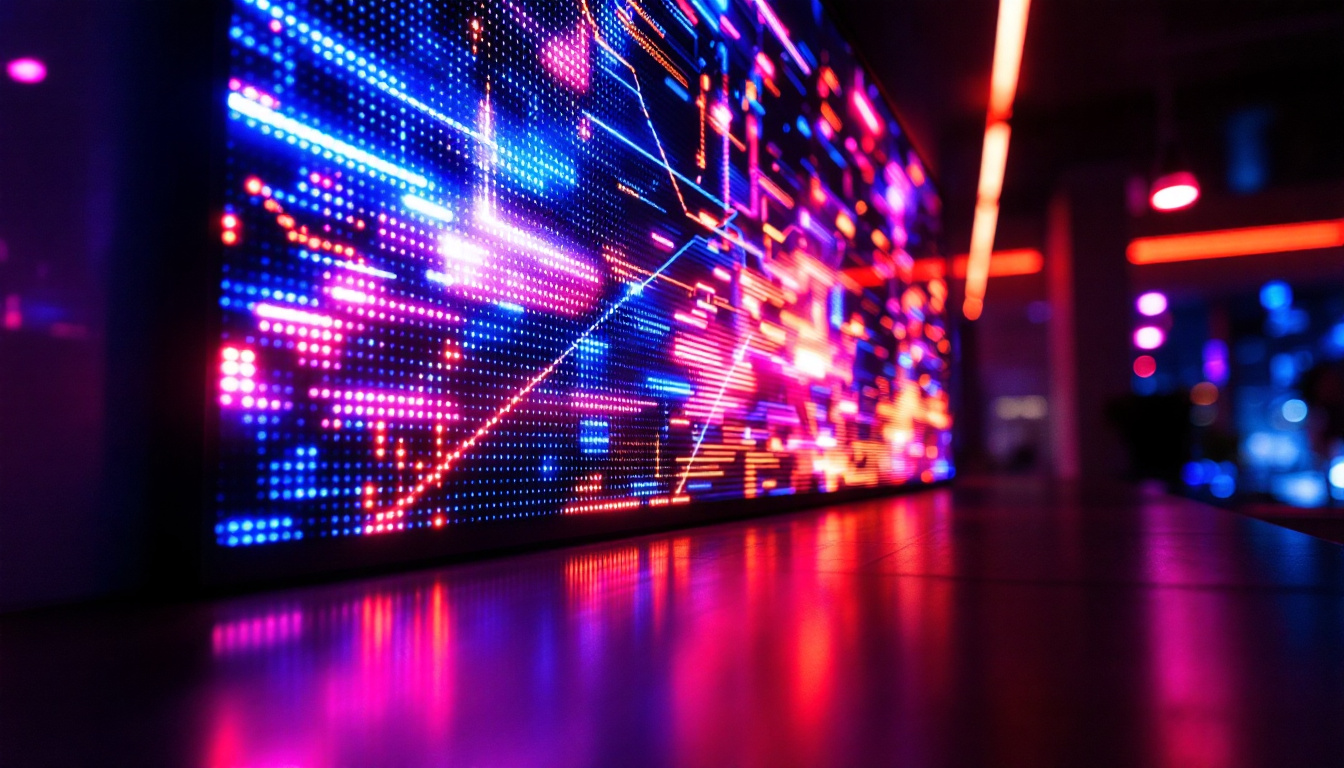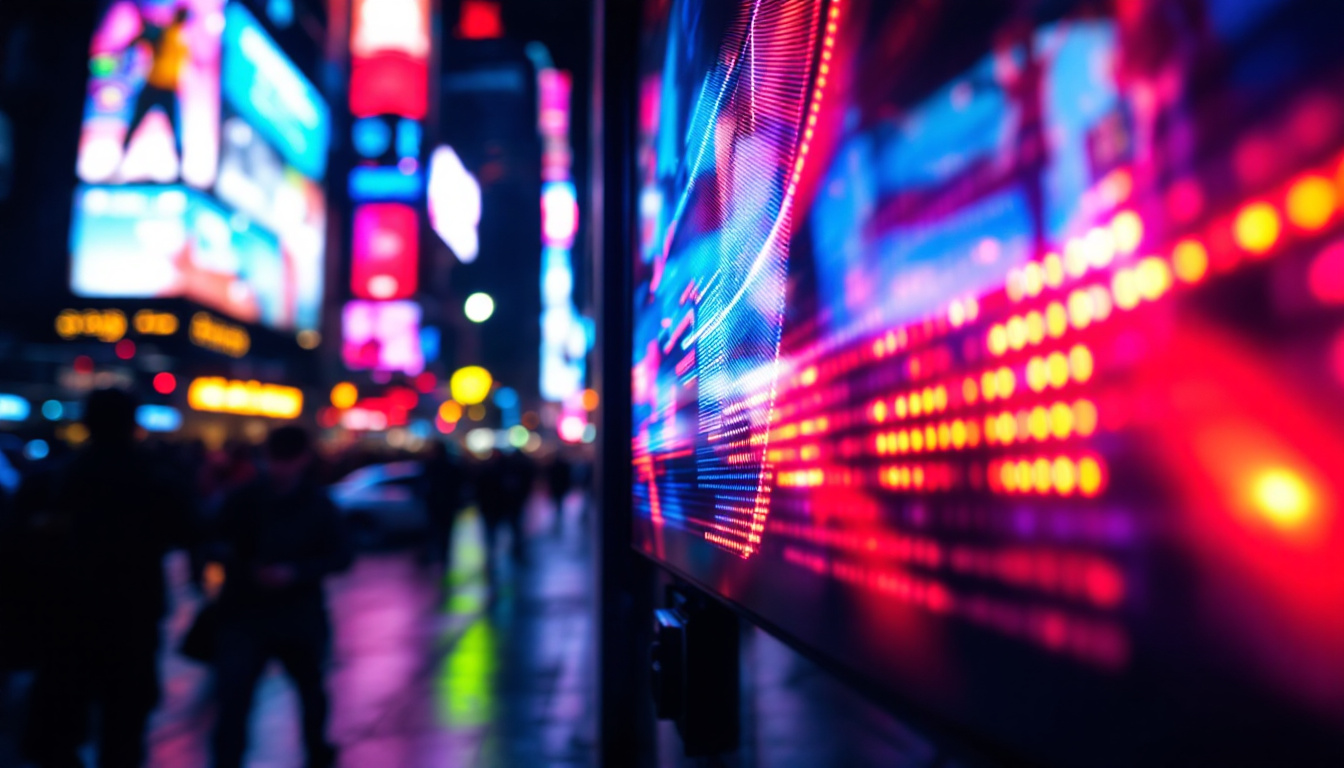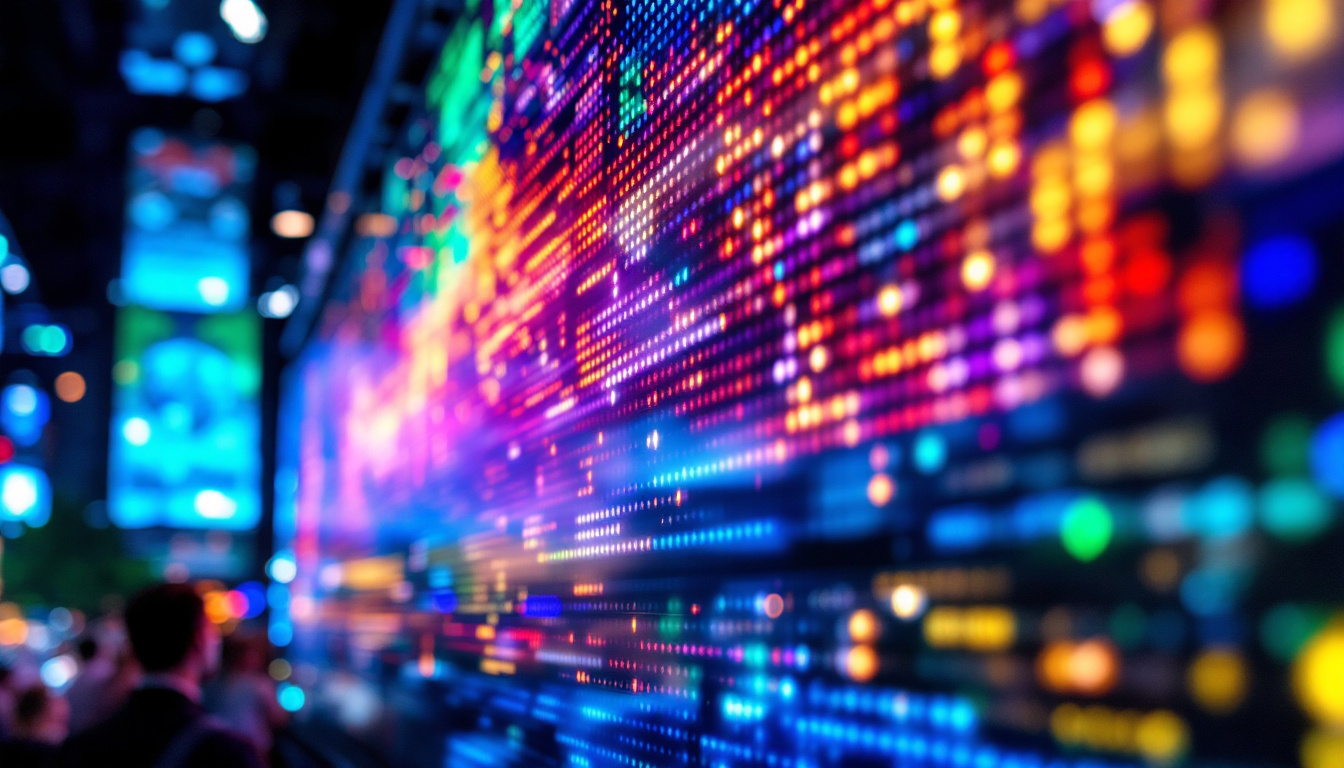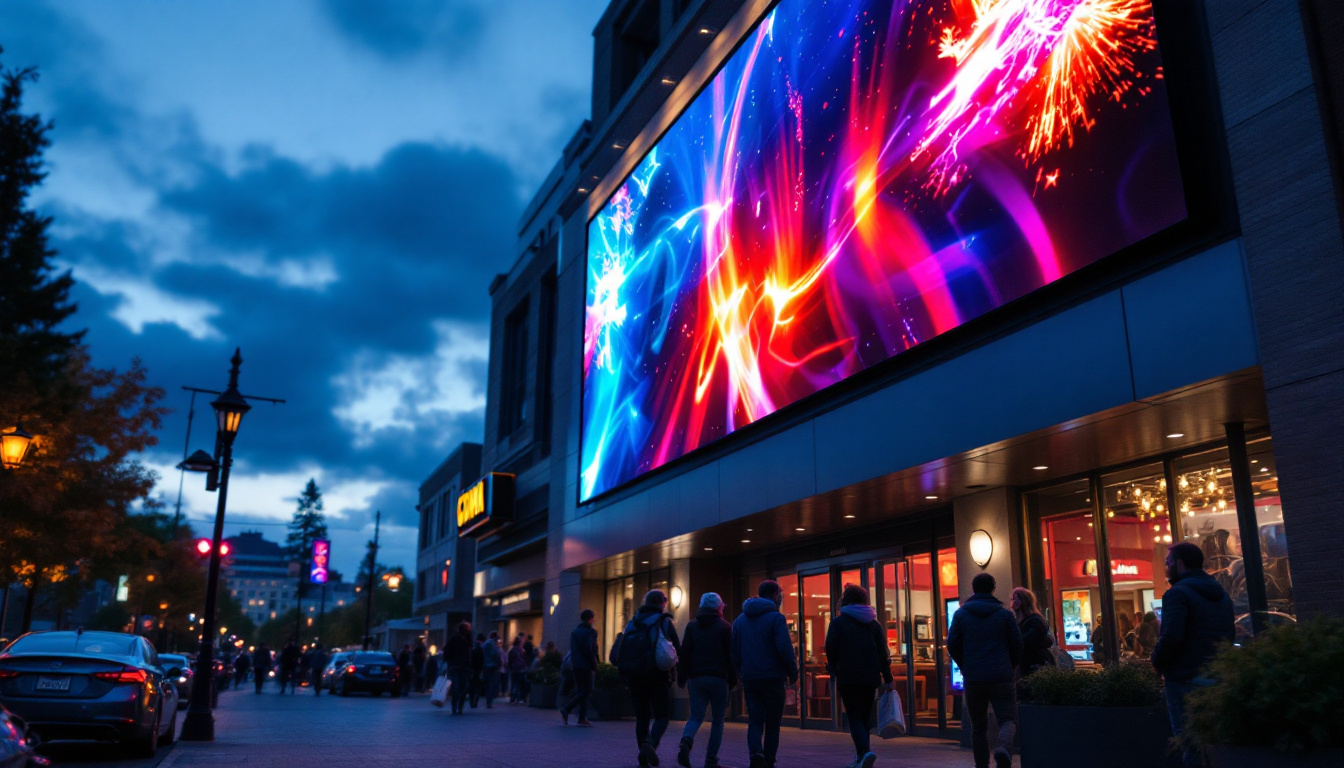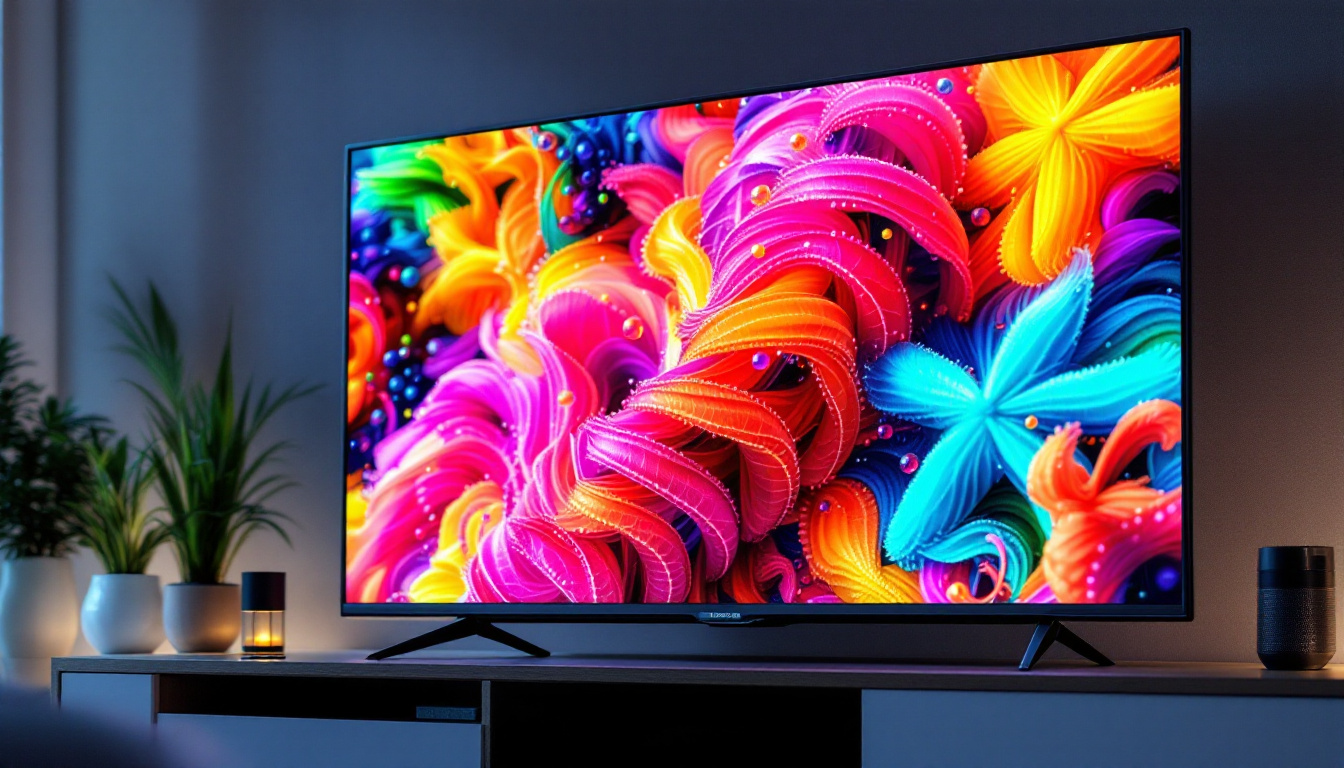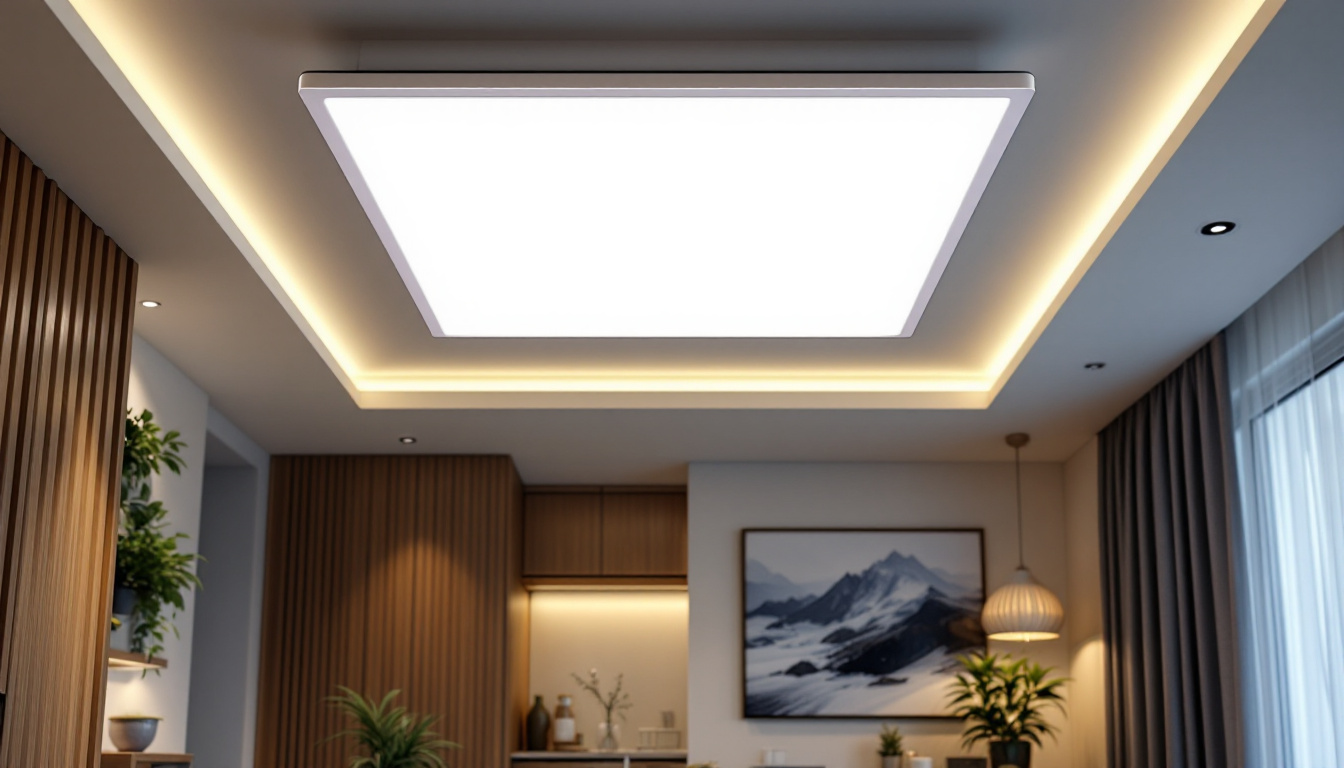In the realm of modern technology, LED displays have revolutionized how we interact with visual media. From televisions to smartphones, and even large-scale advertising billboards, LED technology has become ubiquitous. This article delves into the intricacies of LED displays, exploring their functionality, advantages, and applications, while also addressing some common misconceptions.
Understanding LED Technology
LED, or Light Emitting Diode, is a semiconductor device that emits light when an electric current passes through it. This technology has evolved significantly since its inception, leading to the development of various types of LED displays that cater to diverse needs. From household lighting to intricate digital billboards, LEDs have transformed the way we interact with light and color in our environments.
How LEDs Work
The fundamental principle behind LEDs involves electroluminescence. When electrons move through a semiconductor material, they recombine with holes, releasing energy in the form of photons, which is visible light. This process is highly efficient compared to traditional incandescent bulbs, which waste a significant amount of energy as heat. In fact, LEDs can convert more than 80% of their energy into light, making them a sustainable choice for energy-conscious consumers.
LEDs are composed of various materials that determine their color. For instance, a combination of gallium nitride and indium gallium nitride can produce blue and green light, while phosphor coatings can convert blue light into white light. This versatility allows for a wide spectrum of colors, making LEDs suitable for vibrant displays. Moreover, advancements in technology have led to the development of tunable white LEDs, which can adjust their color temperature, providing users with the ability to create different atmospheres depending on the time of day or activity.
Types of LED Displays
LED displays come in various formats, each tailored for specific applications. The most common types include:
- Direct View LED: These displays consist of individual LEDs arranged in a grid, allowing for high brightness and contrast. They are often used in outdoor advertising and large venues.
- LED Backlit LCD: In this setup, an LCD screen is illuminated by LEDs from behind. This combination offers improved brightness and color accuracy compared to traditional LCDs.
- Organic LED (OLED): OLED technology uses organic compounds to emit light. These displays are known for their exceptional color reproduction and flexibility, making them ideal for smartphones and high-end televisions.
In addition to these types, there are also specialized LED displays such as MicroLED and MiniLED. MicroLED technology utilizes tiny individual LEDs to create images with remarkable clarity and brightness, making them a contender for the next generation of display technology. MiniLED, on the other hand, enhances traditional LED backlighting by using smaller LEDs, allowing for better local dimming and contrast ratios. These innovations are paving the way for even more immersive viewing experiences in both consumer electronics and commercial applications.
Furthermore, the integration of smart technology with LED displays has revolutionized how we use lighting in our daily lives. Smart LEDs can be controlled remotely via smartphones or voice-activated devices, enabling users to adjust brightness, color, and even set schedules for when lights should turn on or off. This not only enhances convenience but also contributes to energy savings, as users can optimize their lighting based on their specific needs and routines.
Advantages of LED Displays
The rise of LED technology is not merely a trend; it is backed by numerous advantages that make LED displays a preferred choice across various industries.
Energy Efficiency
One of the most significant benefits of LED displays is their energy efficiency. Compared to traditional lighting technologies, LEDs consume significantly less power, leading to lower electricity bills. This efficiency is particularly advantageous for large-scale installations, such as stadium screens or outdoor billboards, where energy costs can be substantial.
Moreover, the longevity of LED displays contributes to their overall sustainability. With lifespans often exceeding 50,000 hours, LEDs require less frequent replacements, reducing waste and environmental impact.
Brightness and Visibility
LED displays are renowned for their brightness, making them suitable for both indoor and outdoor environments. The ability to produce high levels of luminance ensures that content remains visible even in direct sunlight, a crucial factor for outdoor advertising and public information displays.
Additionally, the contrast ratio of LED displays is superior, providing deeper blacks and more vibrant colors. This enhances the viewing experience, whether for entertainment or informational purposes.
Versatility and Customization
LED technology offers remarkable versatility in design and application. Displays can be customized in size, shape, and resolution, allowing for creative installations that cater to specific needs. For instance, curved LED screens can create immersive experiences in retail environments, while modular designs enable large-scale video walls for events.
This adaptability extends to various sectors, including entertainment, education, and transportation. From digital signage in airports to interactive displays in museums, the possibilities are virtually endless.
Applications of LED Displays
The applications of LED displays span a wide range of industries, each leveraging the technology to enhance communication and engagement.
Advertising and Marketing
In the advertising realm, LED displays have transformed how brands connect with consumers. Dynamic content can be displayed in real-time, allowing for timely promotions and engaging visuals that capture attention. Digital billboards, for instance, can rotate multiple advertisements, maximizing exposure and reach.
Moreover, the ability to integrate social media feeds and live updates into LED displays enhances interactivity, creating a more engaging experience for audiences. Brands can tailor their messaging based on current trends and events, fostering a deeper connection with their target market.
Entertainment and Events
LED displays are a staple in the entertainment industry, providing stunning visuals for concerts, festivals, and sporting events. Large-scale LED screens can display live feeds, graphics, and animations, enhancing the overall experience for attendees.
Additionally, the flexibility of LED technology allows for creative stage designs that can adapt to different performances. This innovation has led to more immersive experiences, where visuals complement the artistic expression of performers.
Transportation and Public Information
In transportation, LED displays play a crucial role in conveying information to passengers. Digital signage in airports, train stations, and bus terminals provides real-time updates on schedules, delays, and directions. This not only improves efficiency but also enhances the overall travel experience.
Furthermore, LED displays are increasingly used for safety and informational purposes on roads. Variable message signs (VMS) can alert drivers to changing conditions, road closures, or traffic incidents, contributing to safer driving environments.
Challenges and Considerations
While LED displays offer numerous advantages, there are also challenges and considerations that need to be addressed.
Initial Costs
The initial investment for LED technology can be substantial, particularly for large-scale installations. Although the long-term savings in energy and maintenance costs can offset this expense, organizations must carefully evaluate their budgets and project requirements before committing to LED solutions.
However, as technology advances and production processes improve, the costs associated with LED displays are gradually decreasing, making them more accessible to a broader range of consumers and businesses.
Environmental Impact
Despite their energy efficiency, the environmental impact of LED displays cannot be overlooked. The production of LEDs involves the use of rare materials, and improper disposal can lead to environmental hazards. It is essential for manufacturers and consumers to prioritize sustainable practices, such as recycling and responsible sourcing of materials.
Furthermore, as LED technology continues to evolve, efforts are being made to develop more eco-friendly alternatives, including organic LEDs that utilize less harmful materials.
Viewing Angles and Resolution
Another consideration is the viewing angle and resolution of LED displays. While advancements have improved these aspects, some displays may still suffer from color distortion or reduced visibility at extreme angles. It is crucial to select the right type of LED display based on the intended viewing environment and audience.
High-resolution displays are essential for applications where detail is critical, such as in retail or high-end cinema. Ensuring that the display meets the required specifications is vital for achieving the desired impact.
The Future of LED Displays
The future of LED displays looks promising, with ongoing advancements in technology paving the way for even more innovative applications. Emerging trends include the integration of artificial intelligence, augmented reality, and interactive features that enhance user engagement.
Smart Displays and AI Integration
As smart technology continues to permeate various sectors, LED displays are expected to become more intelligent. Integration with artificial intelligence can enable displays to analyze viewer behavior and preferences, allowing for personalized content delivery. This capability can significantly enhance marketing efforts and improve customer experiences.
Moreover, AI can optimize the performance of LED displays, adjusting brightness and color based on environmental conditions, ensuring optimal visibility at all times.
Flexible and Transparent Displays
Innovation in materials is leading to the development of flexible and transparent LED displays. These displays can be integrated into various surfaces, such as windows or walls, creating opportunities for unique advertising and interactive experiences. The ability to blend technology seamlessly into architecture opens new avenues for creativity in design.
Transparent displays, in particular, can provide information without obstructing views, making them ideal for retail environments where visibility is crucial.
Enhanced Sustainability Efforts
As awareness of environmental issues grows, the LED industry is increasingly focusing on sustainability. Manufacturers are exploring ways to reduce waste and improve the recyclability of LED components. This commitment to sustainability not only benefits the environment but also aligns with consumer preferences for eco-friendly products.
Future developments may include the use of biodegradable materials and more efficient production processes, further minimizing the ecological footprint of LED technology.
Conclusion
LED displays have undoubtedly transformed the landscape of visual communication, offering unparalleled advantages in energy efficiency, brightness, and versatility. As technology continues to evolve, the potential applications for LED displays are expanding, promising exciting innovations for the future.
While challenges remain, the industry’s commitment to sustainability and technological advancement suggests a bright future for LED displays. Whether in advertising, entertainment, or public information, LED technology is set to play a pivotal role in shaping how we engage with the world around us.
As consumers and businesses alike embrace the benefits of LED displays, it is clear that this technology will remain at the forefront of visual communication for years to come.
Discover the Future of Visual Communication with LumenMatrix
As you’ve seen, LED displays are reshaping the way we connect and communicate in an ever-evolving digital world. Embrace the forefront of this transformation with LumenMatrix, a leader in innovative LED display technology. Whether you’re looking to enhance your brand’s visibility with an Indoor LED Wall Display, captivate passersby with an Outdoor LED Wall Display, or create dynamic visual experiences with our range of Custom LED Displays and more, LumenMatrix has the solution tailored to your needs. Revolutionize your visual communication and engage your audience like never before. Check out LumenMatrix LED Display Solutions today and step into the future of digital signage.

